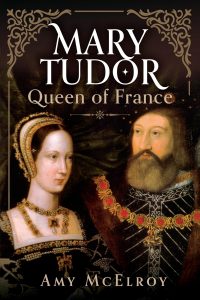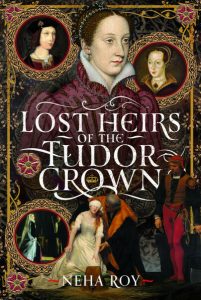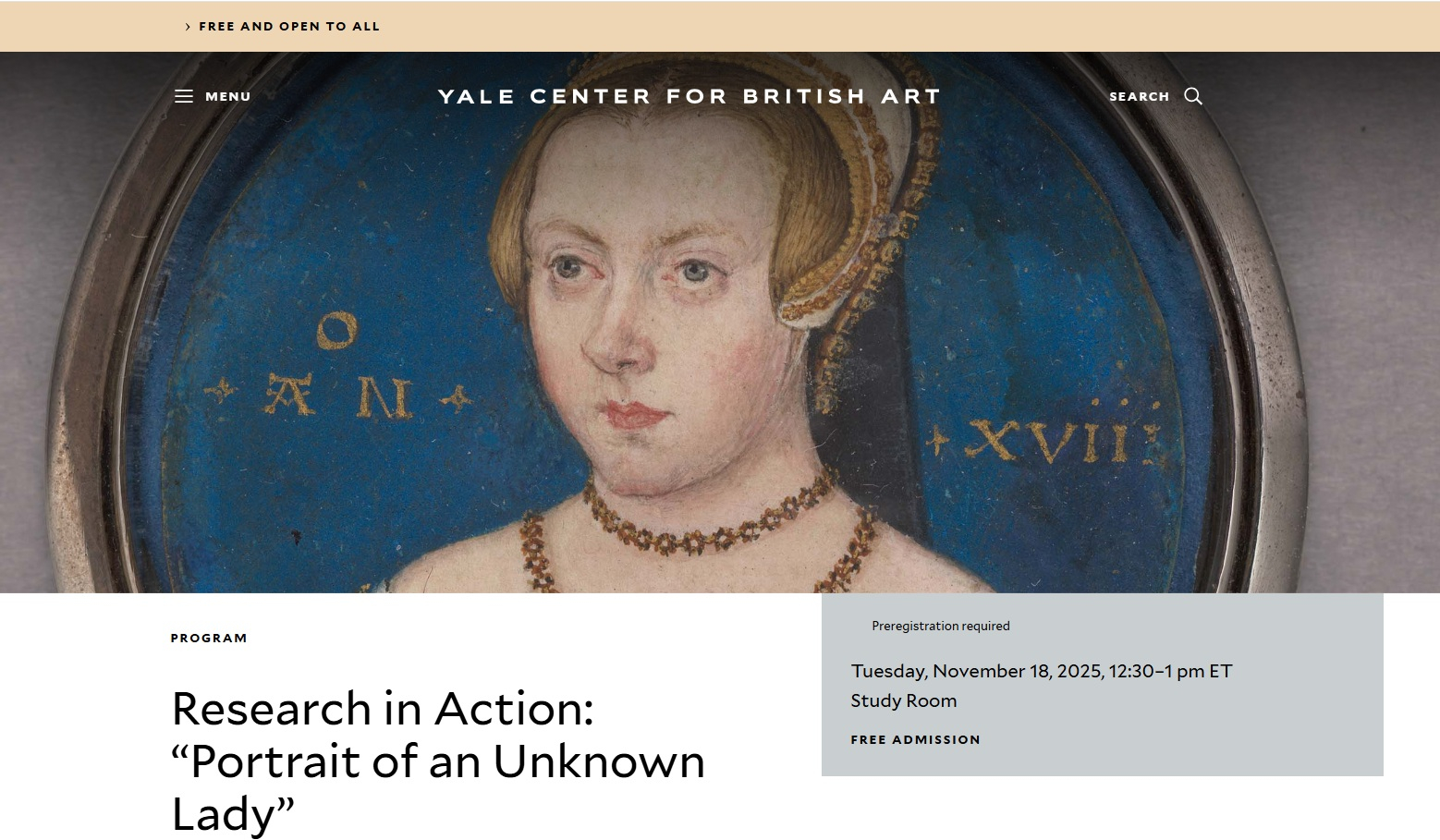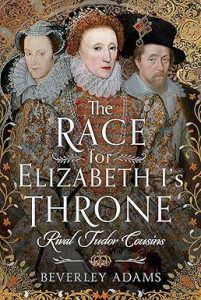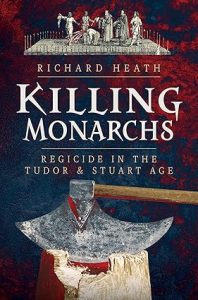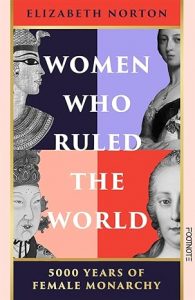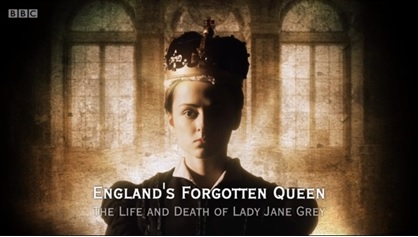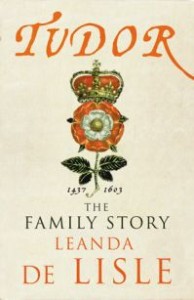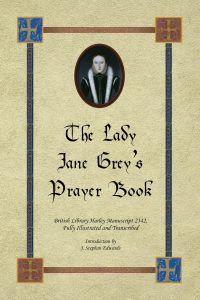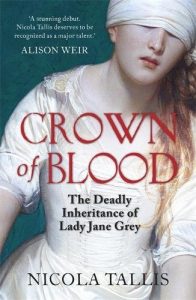Mary Tudor had an eventful life, even by royal standards! She was the daughter, sister and wife of kings and through her second marriage, the grandmother of Lady Jane Grey.
Although overshadowed by her namesake and niece, Mary I, this Mary Tudor was the star of her brother’s court, was once destined to be Queen of Spain and fulfilled her diplomatic duty by becoming Queen of France for a time and then risked everything to marry for love.
What I particularly liked about McElroy’s book was the detailed look at the life Mary led away from court after becoming Duchess of Suffolk. Although Mary still attended her brother’s court and took part in major events such as the Field of the Cloth of Gold, financial constraints led her to spend time at her own estates where she raised her family.
This is a welcome addition to previous works about Mary.

